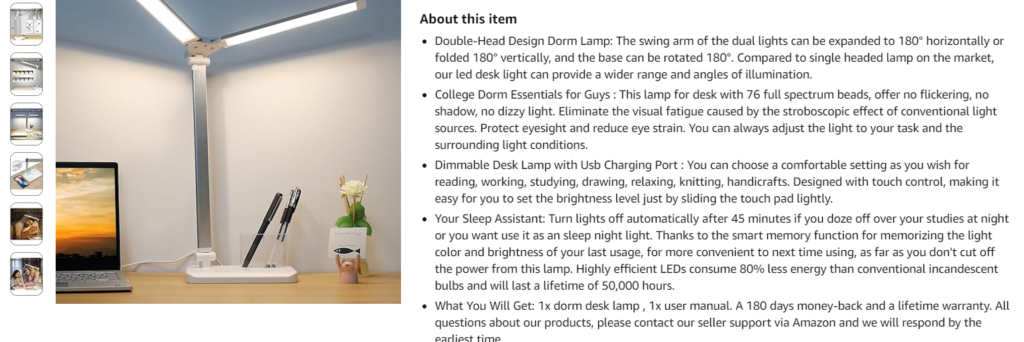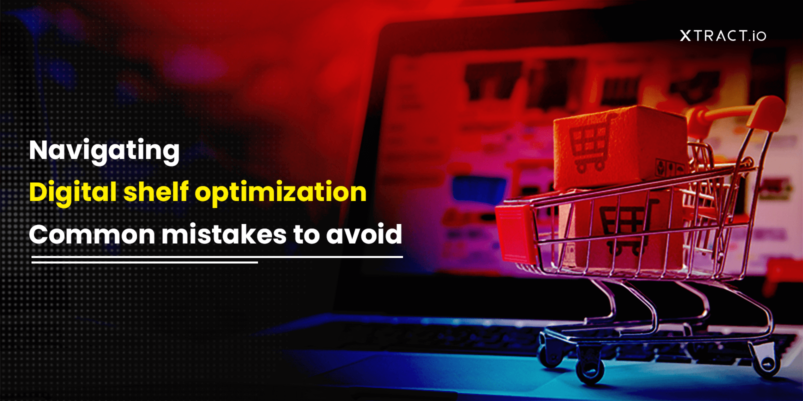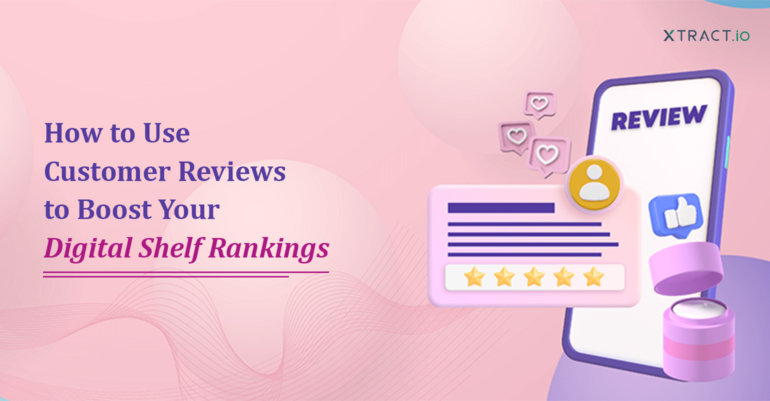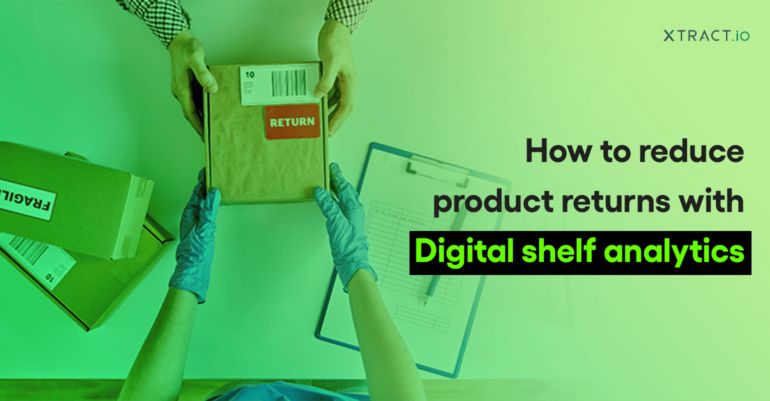Digital shelf optimization is crucial to maximizing your products’ visibility and performance on online platforms. However, many ecommerce leaders make common mistakes that hinder their digital shelf growth. In this blog, we will learn about the mistakes to avoid, which can enhance your use of digital shelf analytics and drive better results for your ecommerce business.
1. Misaligned objectives
One of the biggest mistakes ecommerce leaders make is unclear objectives for their digital shelf optimization efforts. Without a well-defined strategy, you risk wasting time and resources on activities that don’t align with your business goals. To avoid this mistake, it is essential to establish specific objectives for your digital shelf optimization, such as increasing visibility, managing stock levels better, and improving product content to drive sales.
To set effective objectives for your digital shelf optimization, consider the following strategies:
Define your target audience: Determine your target audience and what they value. This will ensure that your product meets their needs and preferences.
Identify key performance indicators (KPIs): Understand the meaningful metrics to help you measure your product performance in multiple marketplaces. These may include metrics such as share of search, pricing strategy, stock availability, assortment across channels, and sales volume.
Set realistic and measurable goals: Establish objectives that are specific and measurable. This ensures clarity and empowers efficient tracking of your progress.
2. Poor data quality
Another common mistake ecommerce businesses make is overlooking the importance of data quality being fed into digital shelf analytics. To optimize effectively, data is essential, as it can enable insights into market trends and growth patterns. However, if the data you rely on is inaccurate, incomplete, or outdated, your optimization efforts will be misguided. To avoid this mistake, it is crucial to prioritize data quality and invest in robust data collection and analysis processes.
Here are some strategies you can implement to improve your digital shelf data:
Implement data validation processes: It is essential to validate and verify your data for accuracy and reliability continuously. This can involve automated checks, manual reviews, and data cleansing activities.
Invest in data integration: Integrate data from multiple sources to generate a complete overview of your digital shelf’s performance. This will help you identify opportunities that may be hidden behind the sea of data.
Regularly update your data: Refresh your ecommerce data with the latest information. This guarantees that your insights and decisions rely on the most up-to-date data accessible.
3. Overlooking competitive analysis
Another critical mistake is neglecting competitive analysis for digital shelf optimization. Neglecting competitive analysis means forgoing valuable insights that could grant you an advantage. It aids in recognizing market trends, assessing your performance, and revealing avenues for profitability. By understanding your competitors’ game, you can develop outperforming strategies that differentiate your brand and attract more customers.
To conduct an effective competitive analysis and gain a competitive edge in your digital shelf optimization, consider the following strategies:
Identify your key competitors: Determine your primary competitors within your market landscape. This process involves delving into industry reports, performing online searches, and examining customer behavior.
Analyze their digital shelf performance: Evaluate your competitors’ digital shelf performance, including factors such as product assortment, pricing, content quality, and customer reviews.
Benchmark your performance: Measure your digital shelf performance against your competitors. Identify strengths where you excel and pinpoint areas with room for improvement.
4. Underestimating customer feedback
Customer feedback is like a goldmine of information, it reveals what customers like about your products, what bothers them, and what they expect. You miss valuable opportunities to improve your digital shelf performance and enhance the customer experience by overlooking customer feedback. It aids in comprehending customer preferences and grievances regarding your products, empowering you to make informed choices and implement impactful enhancements.
To effectively leverage customer feedback in your digital shelf optimization efforts, consider implementing the following strategies:
Gather feedback from multiple channels: Gather feedback from diverse touchpoints, including interactions such as ratings and reviews, product surveys, social media, and customer service. This will provide a well-rounded view of your customers’ opinions and preferences.
Analyze feedback for insights: Analyze customer feedback systematically to identify patterns and look for common themes and sentiments that can inform your optimization strategies.
Act on feedback promptly: Use customer feedback to improve your digital shelf performance. Address customer concerns, make necessary adjustments, and effectively communicate the changes to your customers.
5. Neglecting content quality
Another common mistake ecommerce businesses make is neglecting product content quality on their digital shelf. Product content attracts and engages customers, influences purchase decisions, and drives conversions. You risk losing potential customers neglecting content quality, and hindering your digital shelf performance. It can lead to low search rankings, reduced visibility, and decreased customer trust, making it challenging to convert potential customers into buyers.
To enhance the quality of your product content and improve your digital shelf performance, consider implementing the following strategies:
Optimize product titles and descriptions: Create precise, compelling product titles and descriptions, emphasizing unique features and benefits. Utilize persuasive language and relevant keywords to boost search visibility.
Use high-quality product images and videos: Leverage professional-looking digital assets to showcase your products in their best light. Use high-resolution images, demos, and videos that accurately depict your products and their features.
Provide detailed and accurate product information: Ensure your product content includes all crucial details like specifications, dimensions, materials, and usage instructions. Thorough and accurate product information empowers customers to make well-informed buying choices.

6. Inadequate training and skill development
Your team plays an important role in carrying out your optimization strategies and driving results. Undervaluing their training and skill development needs hinders their ability to contribute to your digital shelf performance effectively. Training your team in digital shelf optimization principles and best practices is crucial for success. Investing in their training and skill development creates a team equipped to drive meaningful results.
To effectively train your team in digital shelf optimization efforts, consider implementing the following strategies:
Encourage continuous learning: Cultivate a team culture centered on continual learning and advancement. Encourage them to stay updated on industry trends, attend webinars and conferences, and pursue relevant certifications.
Empower experimentation: Encourage your team to experiment with different optimization strategies and tactics. Provide them the freedom to test new ideas, measure their impact, and learn from successes and failures.
Promote knowledge sharing: Facilitate sharing within your team by organizing regular meetings, workshops, and brainstorming sessions. Encourage team members to openly exchange the learnings and experiences they’ve gained.
7. Lack of regular monitoring
Continuous digital shelf monitoring is key in optimization; it demands constant attention and adjustments to your digital shelf strategy that have to be made. Overlooking regular checks means losing out on valuable insights and chances to improve your product performance. Tracking the progress of your digital shelf optimization enables you to pinpoint areas that require more focus and prioritize activities that align with customer-changing demands.
To effectively monitor your digital shelf performance and drive continuous improvement, consider implementing the following strategies:
Set up regular reporting: Implement a reporting system that regularly updates your digital shelf performance. This can be done through dashboards, automated reports, or manual reviews.
Analyze data and identify trends: Regularly analyze your data and look for opportunities to optimize your product visibility, pricing strategies, and promotional campaigns.
Compare against industry benchmarks: Measure your digital shelf performance against industry benchmarks to gauge your competitive positioning in the market. Utilize this insight to establish achievable objectives and propel ongoing optimization.
8. Data overload
Although data is crucial for informed decision-making, an excessive amount of data can result in analysis paralysis. By neglecting to manage and analyze your data effectively, you miss out on valuable insights and opportunities for optimization. It can also lead to confusion, indecision, and missed opportunities. Moreover, being inundated with data can divert your attention from the most crucial aspects of your digital shelf.
To effectively manage data overload and extract meaningful insights from your data, consider implementing the following strategies:
Leverage digital shelf analytics: Use digital shelf analytics tools to transform complex data sets into clear and easy-to-understand visual representations.
Prioritize actionable insights: Prioritize data that provides actionable recommendations and avoid getting lost in irrelevant details with the help of functional dashboards.
Automate data analysis processes: Implement automated data analysis processes to streamline data collection, cleansing, and analysis.
Bottom line
Digital shelf optimization is an ever-evolving process, demanding meticulous planning, execution, and continual enhancements. By avoiding these common mistakes discussed above and implementing the recommended strategies, you can enhance your product performance and drive better results using digital shelf analytics.
Adopting a holistic approach and Digital shelf analytics like DigiSense360 allows you to stay ahead of the competition, attract more customers, and drive sustainable growth for your business. Reach out to our digital shelf experts, who can help you implement reliable digital shelf optimization and ensure increased sales at every channel.








